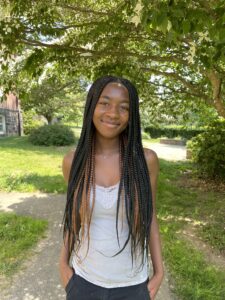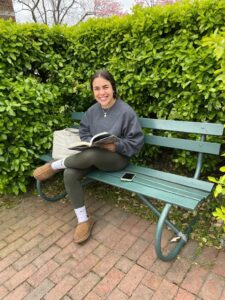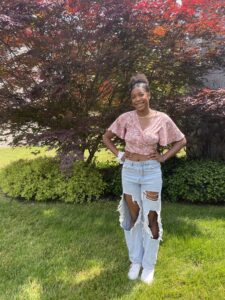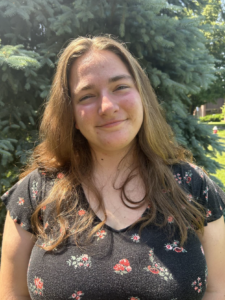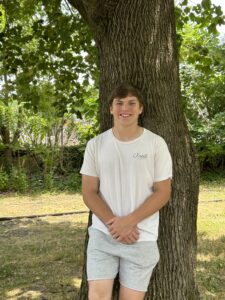Shelby Lynn Williams ’21 claimed another prize for her commitment to social justice, taking the second place prize in the 2021 Georges Lieber Essay Contest on Resistance. “Your essay moved and impressed us with your mature insights, humility, and smart writing,” said Stephen Stern, Jewish Studies chair at Gettysburg College. “Like Georges, you fight for life and a better tomorrow. Your nuance and wisdom of what’s at hand in fighting on behalf of the vulnerable. We loved hearing about your great-great grandmother, Clementine Bryant. What a force as evident by the traces of her in you.” Recently Shelby also received the Certificate of Accomplishment from The Philadelphia Committee of the Princeton Prize in Race Relations.
Enjoy her award-winning essay below.
I hail from a long line of resistors. At the turn of the 20th century, my great-great grandmother, Clementine Bryant, settled teaching young African-American children in a one-room schoolhouse in South Carolina and sought to intellectually liberate them. Despite the limitations of the world around her, she knew that knowledge was power and dedicated her adult life to educating and uplifting our people. Of Grandma Clementine’s children, one daughter, my great aunt Thelma, was able to attend Colored Normal Industrial Agricultural and Mechanical College of South Carolina (now South Carolina State University), after which she soon became certified to teach third grade in 1932, defying the norm by stepping away from the sharecropping plantation to pursue an education.
My grandmother, also an educator, was born in December 1942 as the third-born child of sharecroppers. She was the last child of her immediate family born in Walterboro, South Carolina, as her parents packed up and headed north to Philadelphia in the summer of 1943 as part of The Great Migration. Writer Isabel Wilkerson tips her hat to the migrants of The Great Migration in her book The Warmth of Other Suns, calling the exodus the “first step that America’s servant class ever took without asking first.” This bold move had consequences for many, including lynching, other forms of violence, and loss of jobs. Nonetheless, just gathering the courage to flee from the problematic setting was an act of resistance that led to a huge population shift in the country with African Americans moving from southern fields to northern factories.
Since my youth, I’ve loved learning pieces of my familial history, even the devastating parts. One reason is because African Americans are so often omitted from academic study in primary and secondary school, so every story fills a void. Moreover, every time I hear of a new exploit, I learn just how brave they were. Resistance requires strength and perseverance, and my lineage evinces that we’ve engaged in it in both complex and simple ways.
When I think about my grandmother, a phenomenally feisty woman of 78 years, I try to imagine what her life would have been like if her family had remained in the south. I imagine that her educational chances would have been limited, and many other privileges that I, as a young lady born in 2004, take for granted would have also been hindered. In learning her history, I’ve recognized that lack of access to equal education was one of the driving forces behind The Great Migration. Other compelling factors include financial motives, like my great grandfather’s wages of $.75 per day versus wages that were five to eight times that amount in northern cities, and social inequality and outright intimidation just for the sake of exercising power and depriving others of theirs. Voting was one such key to power that was always under threat for my ancestors. Despite the decades between his youth and my own, the threat to fair voting access has not subsided.
History demonstrated to us that exercising one’s civic right has repeatedly put African Americans in precarious situations. The history-lover in me can cite the amendment (the 15th), recall examples of some of the ensuing discriminatory voting laws (like the grandfather clause), and recount the tumult that followed for decades as people sought to undo the constitutional amendment guaranteeing the right to vote to African Americans. The philanthropist in me, in the truest translation of the word, laments the violence, the lives lost, and the people who were filled with fear as they simply sought to practice the franchise.
Watching the recent tricky attempts to limit black voter participation by purging of voter rolls and other tactics infuriated me, especially since I recognize that these laws and policies are a mere 21st-century version of historical voter intimidation tactics and attempts to keep people ignorant about the issues and their rights, so I formulated my own brand of resistance. Because of recent political tensions, I decided to join an organization called When We All Vote. Founded by former First Lady Michelle Obama, this organization is a national nonpartisan voter registration organization working to close the racial and age gaps in voter registration and turnout. I signed on in May of 2020, and worked through the Philadelphia arm of the organization, making info-graphics, promoting information campaigns, organizing events, and registering high school students to vote. Our work, which continued into early November, contributed to Philadelphia having the highest voter registration rates in 35 years.
Years later in New Jersey, I participated in a Get Out the Vote activity on October 7, 2018 through my chapter of an organization called Jack & Jill (J&J) America. Inspired by the spirit of my ancestors, last October, I organized another Get out The Vote activity for members of the teen group of the Mercer County New Jersey Chapter of J&J. In doing so, I was able to connect with members of the local community, encourage them to make their voting plans, and ensure that they were prepared to combat the adversity and misinformation that the 2020 election cycle entailed.
I’m well aware that my acts of resistance were performed in safety, which stand in contrast to the circumstances that George Lieber or my migrating great grandfather Louis were in. I can only envision Lieber’s experience through history lessons and through tales that my mother told me about her trip to Holocaust sites in Germany, Poland, and the Czech Republic. She made the trip with her fellow educators with the New Jersey Holocaust Commission in 2000, and I’ve perused her meticulously crafted scrapbook for years. The scrapbook itself is emotionally weighty as if every account and photograph contained therein is magnified and the pages are transformed into pounds. One of my favorite parts, however, is a photo of the stained-glass window containing brightly colored butterflies that she took at the Ghetto Fighters’ Museum in the Holy Land, where the tour ended. It’s a tribute of sorts to a young resistor named Pawel Friedman who said that “he never saw butterflies in the ghetto.” That alone reminds me that there is beauty in resisting.
My mother, a resistor in her own right, designed a course called The African American Experience through Literature that she has taught for more than two decades at Ewing High School in central New Jersey. She finds it both important and empowering to begin the course outside of the realm of slavery, so she teaches the course chronologically, beginning with two texts of free-born Africans who were transported across the Atlantic Ocean. One text is The Interesting Narrative of the Life of Olaudah Equiano, or Gustavus Vassa, the African, Written by Himself, and although he was captured and sold into slavery around the age of ten, his form of resistance was exercised when he “purchased himself” from his Quaker “owner.” He then went on to write books and deliver lectures around England where he settled. Slavery was still very much an active way of life in his England and the colonies, but Equiano used his voice and pen to fight against the dehumanizing force of slavery during an era when literacy for Blacks people was restricted.
The second text that my mother recently added to the course’s reading list is called Barracoon by Zora Neale Hurston, which tells the tale of a 19-year-old kidnapped man named Kossula (renamed Cudjoe Lewis) who was captured by Americans from the coast of West Africa in 1859, long after the international slave trade was outlawed. In Hurston’s book, which was released posthumously, she calls him by his birth name as opposed to the name which he was given by his “owner.” The joy he finds in shrugging off the name given to him during slavery is also a form of resistance reminiscent of the powerful scene from Roots in which Kunta retains that name instead of easily accepting Toby. Enslaved for approximately five years, Kossula and his kinsmen built a homestead known as Africatown in Alabama upon the end of the Civil War. While they settled into the groove of American life, they established a place for themselves ruled by their own set of standards and values. Sure, they would have loved to have returned home to the continent, especially since they were old enough to have remembered it, but that was impossible. Instead, they chose to bloom where they were planted, which is also an act of resistance.
I have unofficially read excerpts of all of the books and imbibed all of the lessons from her African American Experience through the Literature elective. I have also heard snatches of the lessons and lectures as she recounts the events of her workday. Through those, I have learned about active and passive resistance. She defines active resistance as being the blatant, confrontational kind of resistance used primarily by men but not completely foreign to women. Some of those acts include engaging in fistfights as Frederick Douglass recounted in his Narrative during his two-hour fight with Covey, the slave breaker. Other examples of active resistance include leading other enslaved people to freedom, like Harriet Tubman, or documenting lynchings in the American south through journalism, like Ida B. Wells.
My mother reminds me not to overlook passive resistance in historical narratives, which was far more subtle as it didn’t confrontationally defy the person in power but it did temporarily inconvenience him/her. This type of resistance was used primarily by women, and the tendency is to simply overlook them, but we must not do that, as they deserve honor as well. Some examples of this include “playing the lady,” breaking or damaging equipment, and even using literacy as a means to defy the conventions and later flout the laws against teaching slaves to read. Many examples of passive resistance can be found in the slave narrative of Harriet Jacobs called Incidents in the Life of a Slave Girl. In fact, it is her employment of passive resistance that enables us to read about her tale over a century after she died. This demonstrates that resistance of all kinds is necessary. Although it won’t look the same in all of its forms or it won’t strike the same blow, resistance is vital for progress. Even if it nudges the scales of justice just a smidge, we are all that much closer to justice because of resistance.
While The Great Migration brought millions to the north, including my grandmother as a baby, my great grandfather Louis could never imagine that one branch of the family tree that remained in the south would spawn a member named Chester A. Ellis who currently sits in the elected position of Chairman of Chatham County, GA. I find this fact to be so exciting because it shows that we have come a long way. Yet, although we have made many strides, we still have far to go.
Because resistance challenges the status quo, those who employ it are viewed as unconventional outliers at best or threatening anarchists at worst. In reality, however, the quest for resistance simply stems from people’s desire to be heard, valued, and included. In that vein, resistance is quite democratic in form. It’s a call for inclusion, a lesson in sharing, and a request for respect all in one. From Georges’ involvement with the French brotherhood and my great Grandfather Louis’ northbound odyssey to great-great Grandmother Clementine’s choice to educate children of newly-freed sharecroppers and great Aunt Thelma’s pursuit of an education, all were going against the grain when the grain was laid in an exclusive fashion, virtually guaranteeing subservience from one group. For Aunt Thelma and Grandmom Clementine as African American women, the fabric was never designed to include them, so they, like many other rule-breaking African American women, trudged ahead, learning how to smile and nod in a show of passive resistance while simultaneously bulldozing their way down certain paths, actively resisting the labels, norms, and restrictions thrust upon them. Sometimes they didn’t even bother smiling, and they moved along with furrowed brows and clenched jaws steeled by determination. In doing so, sometimes they came out on top, sometimes they came out on the bottom, but even battered and bruised like Civil Rights Activist Fanny Lou Hamer, they always emerged with pride in their hearts.
I’m proud to have contributed to this legacy of resistance in modern times, and I believe that my ancestors would nod in appreciation of my efforts. So it is with a smile on my face, determination in will, power in my step, and thoughts of Georges, great Aunt Thelma, great-great Grandmom Clementine, and great Grandpop Louis in my heart, I will lean into the wind and plow ahead.
Georges Lieber, at the age of 16, prided himself on being part of the French resistance. Perhaps because of that involvement, he and his family were identified and taken by the Nazis, and on July 3, 1944, Georges was deported to Auschwitz, where he was murdered. To make a blessing of Georges Lieber’s memory, this collection of essays written by high school students around the country articulates issues on or of resistance and what it has taught the authors about resistance and themselves.

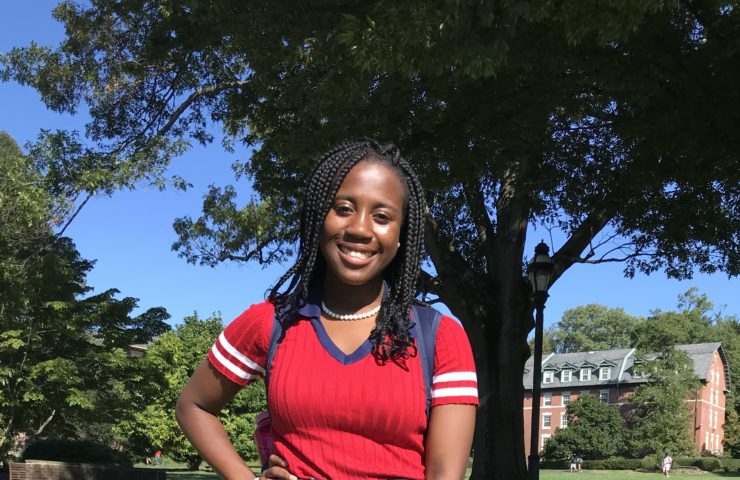
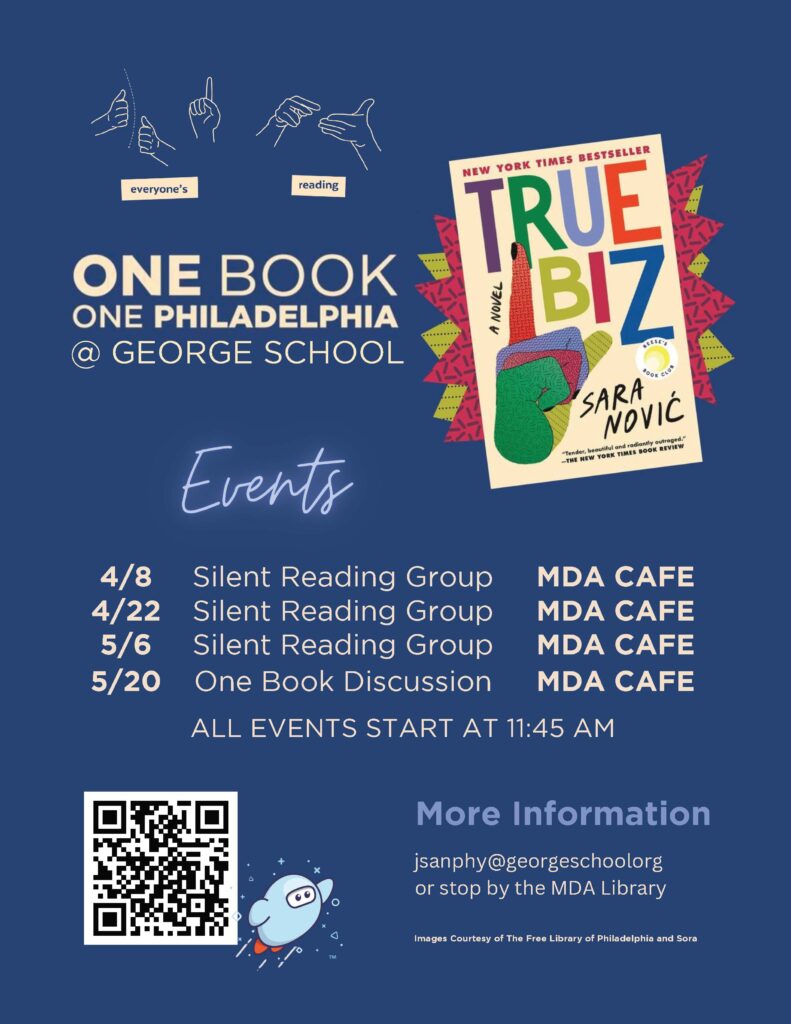
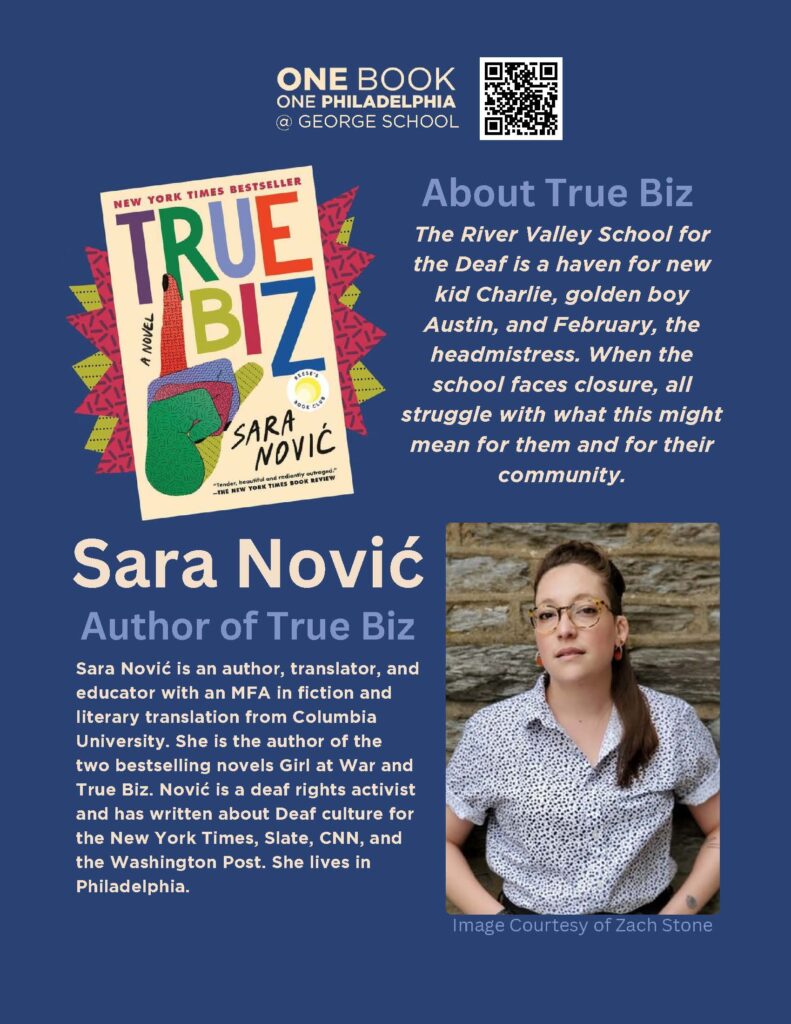

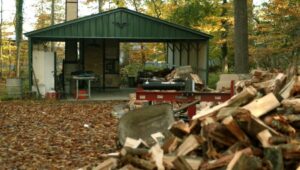

 Monastir, Tunisia, and Amman, Jordan
Monastir, Tunisia, and Amman, Jordan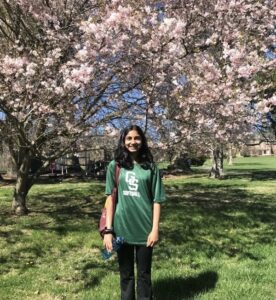 Irvine, CA
Irvine, CA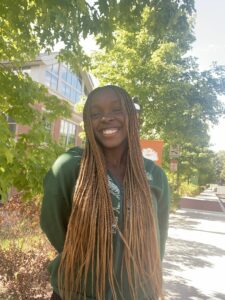 Feasterville-Trevose, PA
Feasterville-Trevose, PA New Hope, PA (Previously NYC)
New Hope, PA (Previously NYC)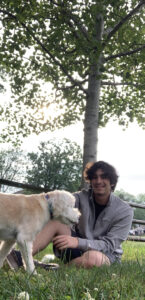 Richboro, PA
Richboro, PA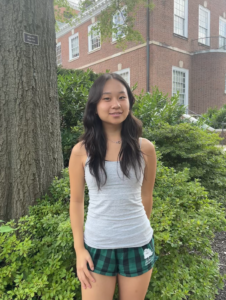 Englewood, NJ
Englewood, NJ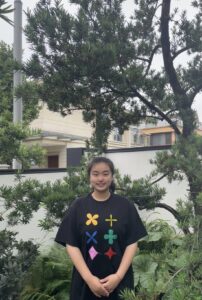 Ningbo, Zhejiang, China
Ningbo, Zhejiang, China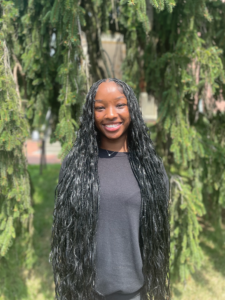 Willingboro, NJ
Willingboro, NJ Yardley, PA
Yardley, PA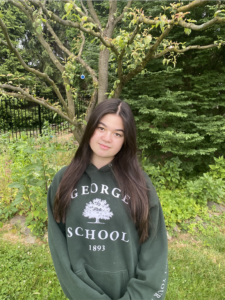 Newtown, PA
Newtown, PA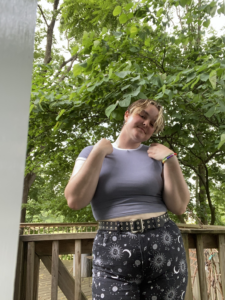 Holicong, PA
Holicong, PA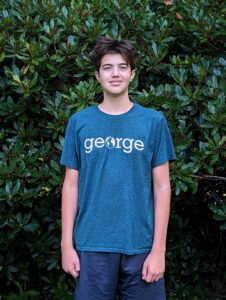 Newtown, PA
Newtown, PA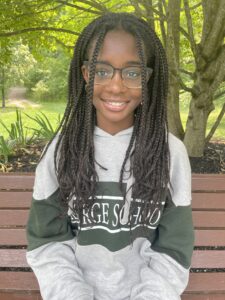 Hamilton, NJ
Hamilton, NJ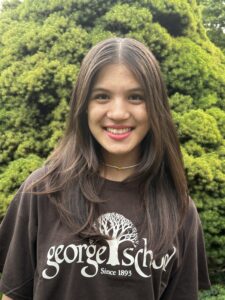 Yardley, PA
Yardley, PA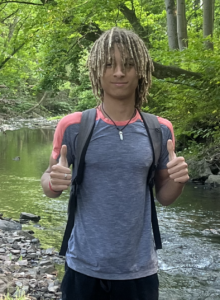 Lambertville, NJ
Lambertville, NJ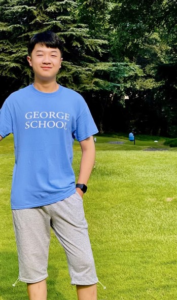 Chongqing, China
Chongqing, China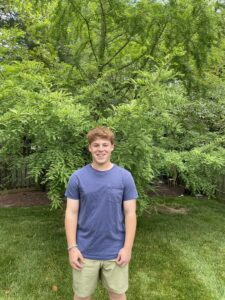 Pennington, NJ
Pennington, NJ Yardley, PA
Yardley, PA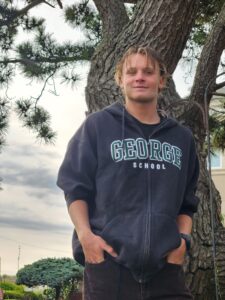 Bensalem, PA
Bensalem, PA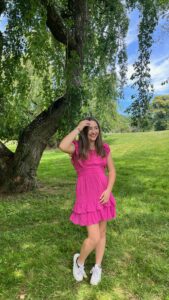 Borgota, Colombia
Borgota, Colombia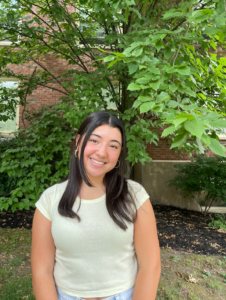 Newtown, PA
Newtown, PA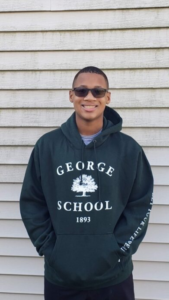 Burlington, NJ
Burlington, NJ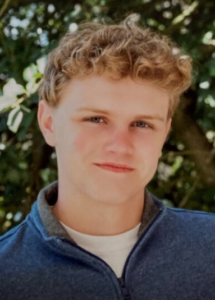 Langhorne, PA
Langhorne, PA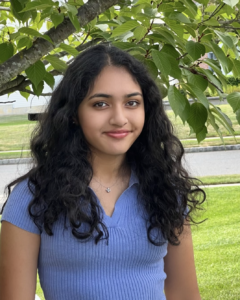 Princeton, NJ
Princeton, NJ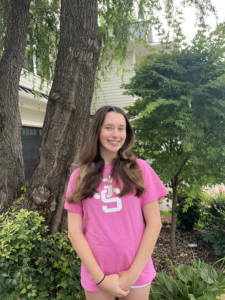 Langhorne, PA
Langhorne, PA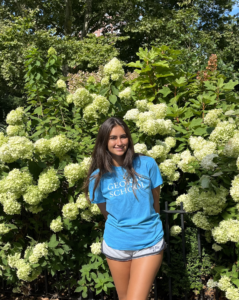 New York City, NY
New York City, NY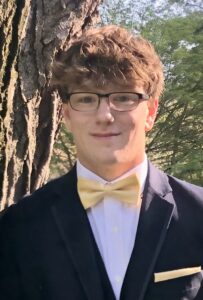 New Hope, PA
New Hope, PA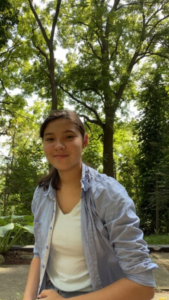 St. Catharines, Ontario, Canada
St. Catharines, Ontario, Canada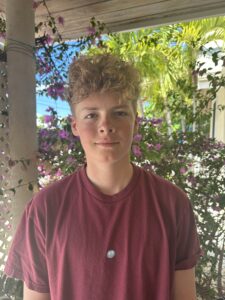 Providenciales, Turks and Caicos Islands
Providenciales, Turks and Caicos Islands Willingboro, NJ
Willingboro, NJ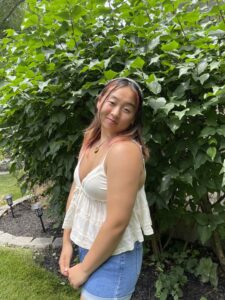 Princeton, NJ
Princeton, NJ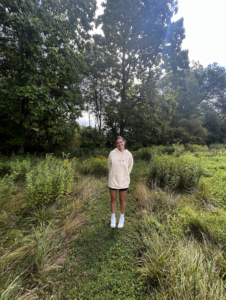
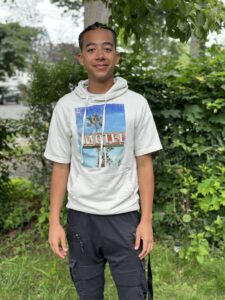 Newark, NJ
Newark, NJ Trenton, NJ
Trenton, NJ Newtown, PA
Newtown, PA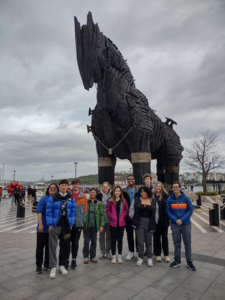
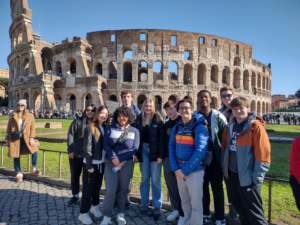
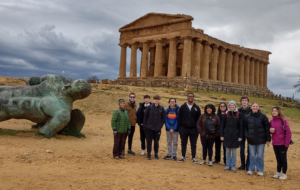

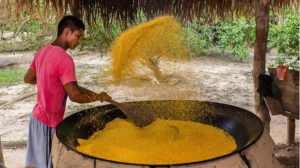


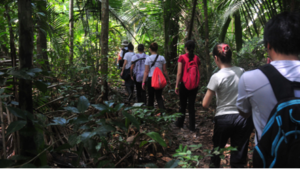
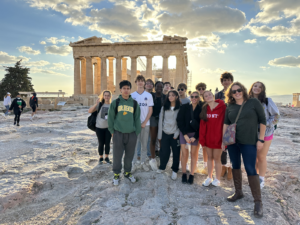
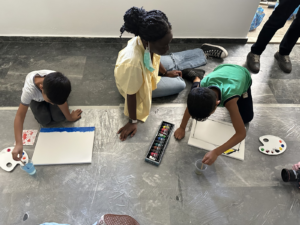
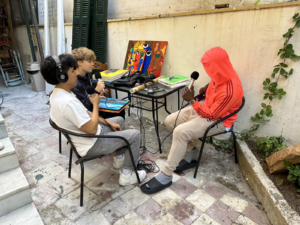
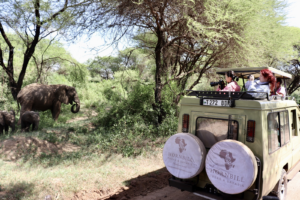
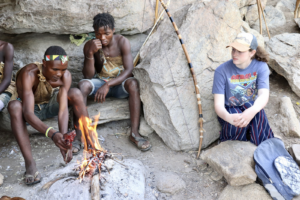
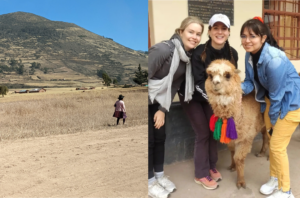
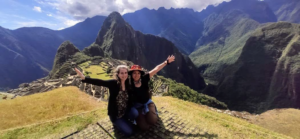
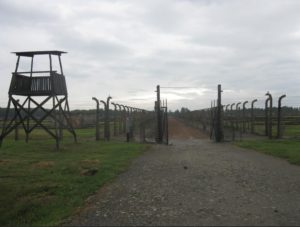
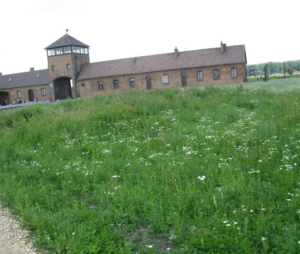
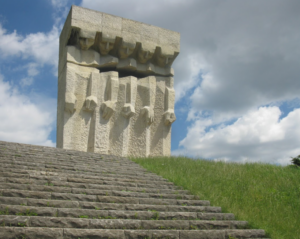
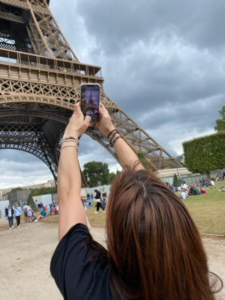
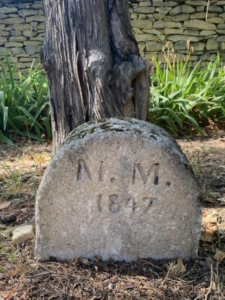
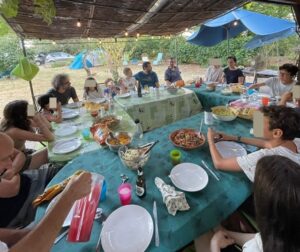
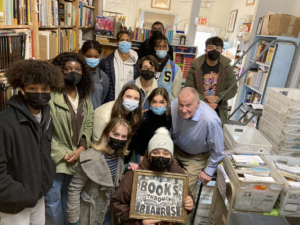
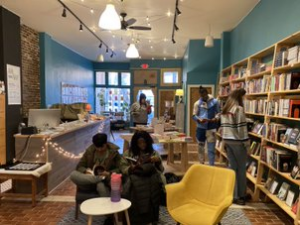

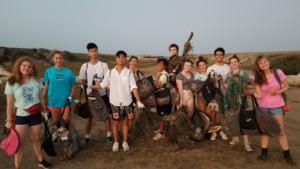
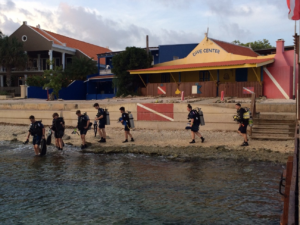
 Lawrence, NJ
Lawrence, NJ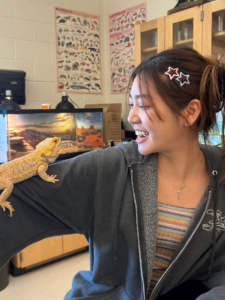 Seoul, South Korea
Seoul, South Korea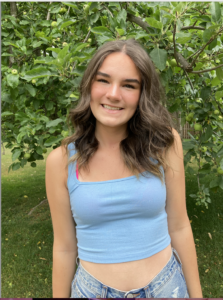
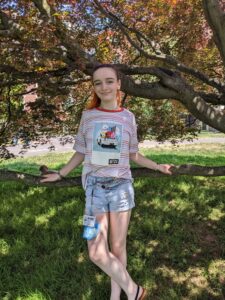 Milwaukee, Wisconsin
Milwaukee, Wisconsin Pennington, NJ
Pennington, NJ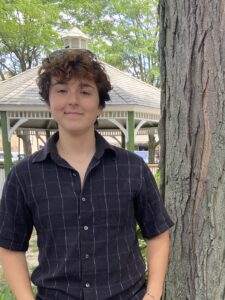 Jenkintown, PA
Jenkintown, PA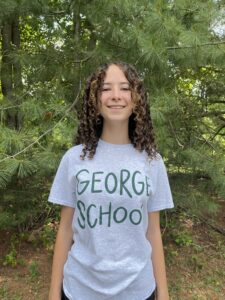 Ottsville, PA
Ottsville, PA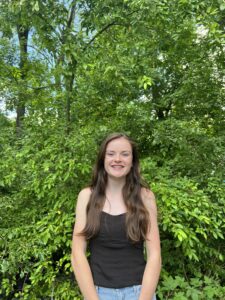 Yardley, PA
Yardley, PA Providenciales, Turks and Caicos Islands
Providenciales, Turks and Caicos Islands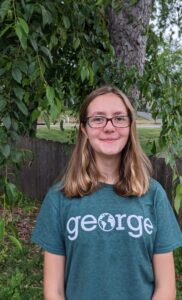 Hopewell, NJ
Hopewell, NJ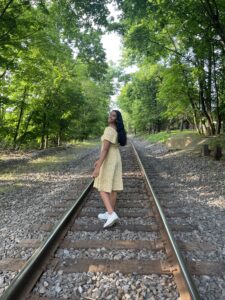
 Pottstown, PA
Pottstown, PA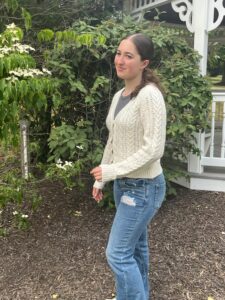 Playa del Carmen, Quintana Roo, México
Playa del Carmen, Quintana Roo, México Shanghai, China
Shanghai, China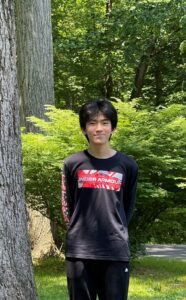 Beijing, China
Beijing, China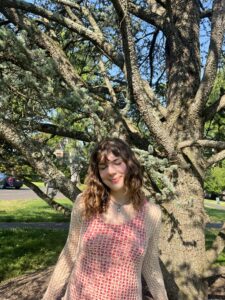 Yardley, PA
Yardley, PA Beijing, China
Beijing, China Holland, PA
Holland, PA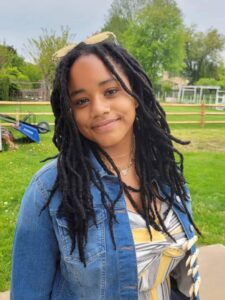 Langhorne, PA
Langhorne, PA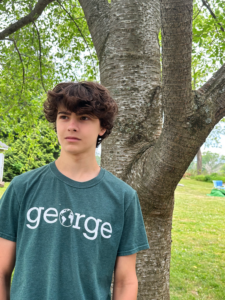 Ringoes, NJ
Ringoes, NJ New Hope, PA
New Hope, PA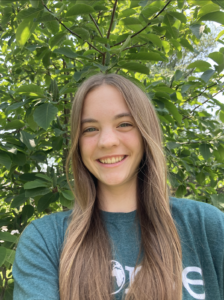 Dreshner, PA
Dreshner, PA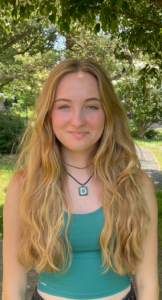 Yardley, PA
Yardley, PA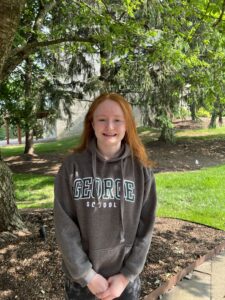 Yardley, PA
Yardley, PA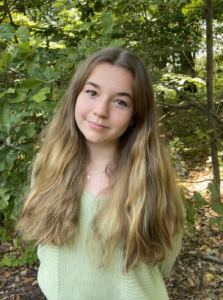 PA
PA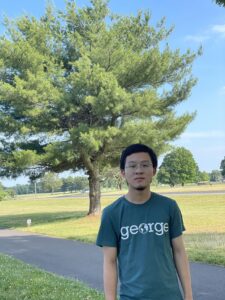

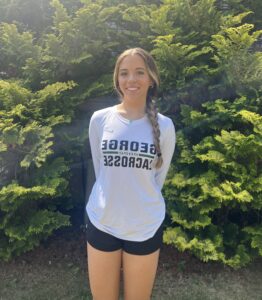
 Xi’an, China
Xi’an, China